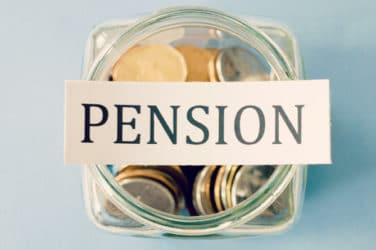
Fund management fees which are based on value of assets managed have increased at more than inflation over the last five years, even for funds which have under-performed the market.
The fifth annual investment management fees survey from investment consultant LCP said asset managers are earning more fees than ever before as pension assets have increased markedly since the global financial crisis. The survey covered more than 80% of UK institutional investment managers.
“As a result fees paid to investment managers, most of which are based on a fixed scale applied to the value of assets managed, have increased well ahead of the rate of inflation,” added LCP.
For a typical £50m global equity mandate, LCP estimated that the annual fee paid to a manager tracking the market increased by around £200,000, over the five years to 31 December 2014, compared to a £90,000 rise if the charge had increased in line with inflation.
“Even a manager underperforming by 200 basis points per annum over the same period would have seen an above-inflation increase in fees,” added LCP. “This form of fee basis results in a poor alignment of interest between investment managers and their clients.”
The LCP survey backs up a report from Cass Business School last November titled “Heads we win, tails you lose”.The study found that a charge based on a proportion of assets under management, the most common fee structure, was best suited to fund managers but rarely suitable for their clients.
Academics at Cass, part of City University London, simulated the performance of thousands of fund managers using a benchmark return matched to the UK’s FTSE 100. They calculated the average financial well-being of investors and fund managers for manager performance under the three different fee structures.
Professor Payne at Cass said in a statement: “There is no single structure that simultaneously maximises both the investors’ and the managers’ satisfaction. In fact, our results show that the most prevalent fee structure currently in the UK market (a fixed fee as a proportion of AUM) is generally the best structure for the manager and the worst for the investor!”
The LCP survey also found that the number of managers disclosing indirect charges has risen, so that only 17% do not divulge these costs. However half did not disclose transaction costs.
Mark Nicoll, LCP investment partner, said in the survey: “The mist is clearing on investment fees and the increased level of disclosure is encouraging. However, greater transparency is needed as there are still far too few managers disclosing the level of transaction costs and this intransigence threatens the reputation of the whole industry”.
The LCP study found that fees vary widely for different mandates and within asset classes, giving investors significant opportunity to negotiate. They should also consider indirect costs such as custody fees, administration costs and payments to third parties, plus all of the additional expenses that relate to the everyday running of the fund. The total fee, including these additional costs, is now known as the ongoing charges figure (OCF).
Nicoll added: “Given the large increase in fees in recent years and variation in fee rates for different mandates trustees have the opportunity to negotiate better terms for the provision of these services.”






